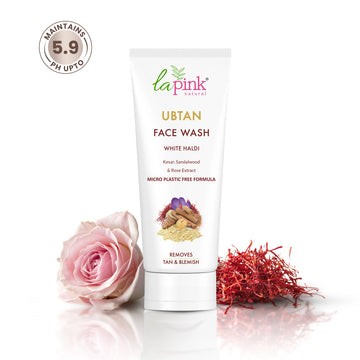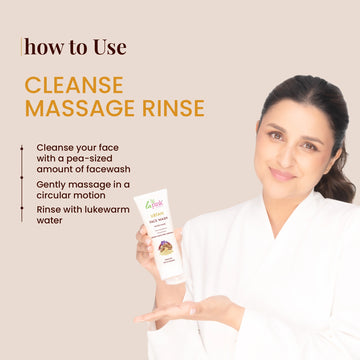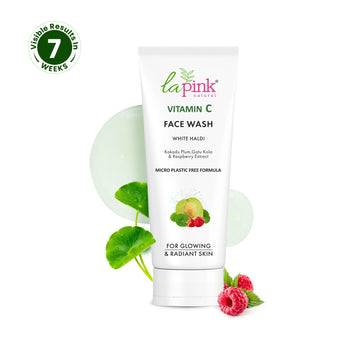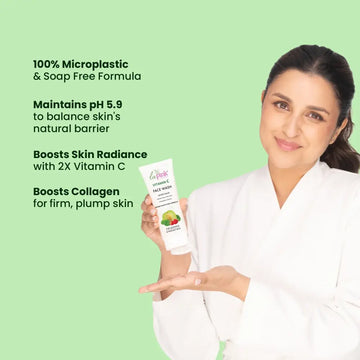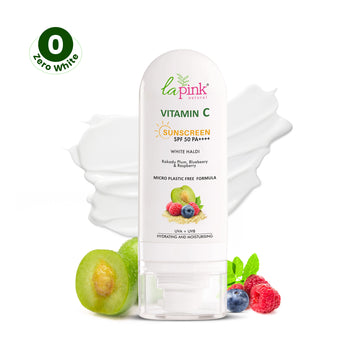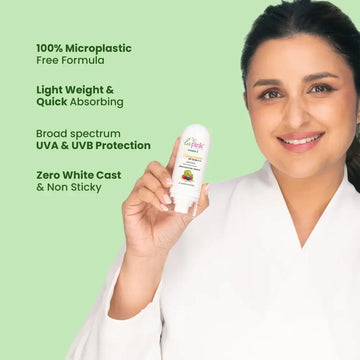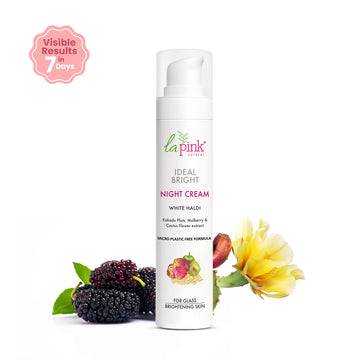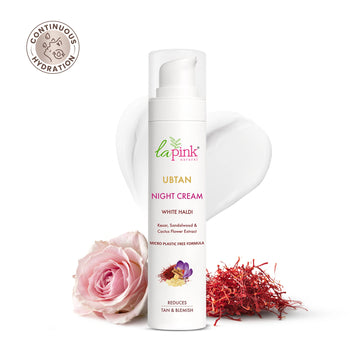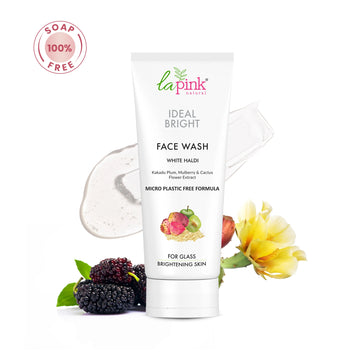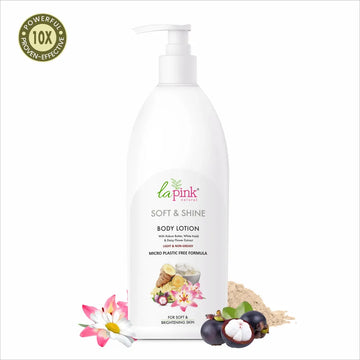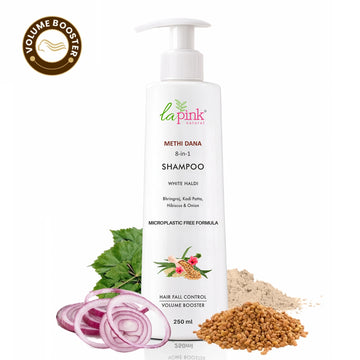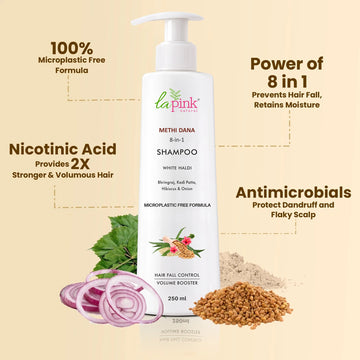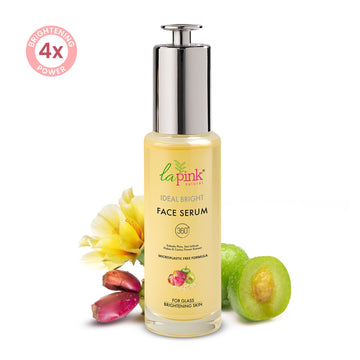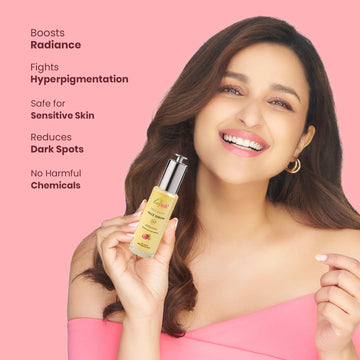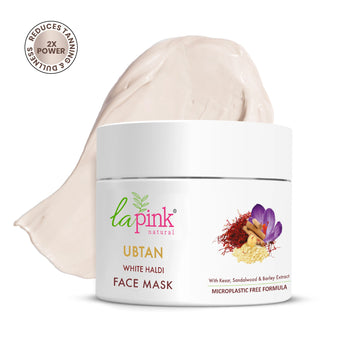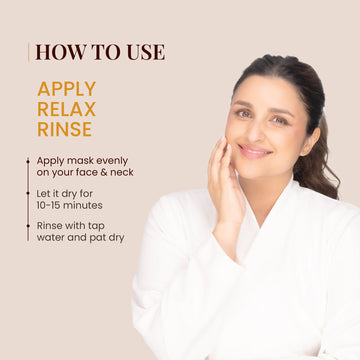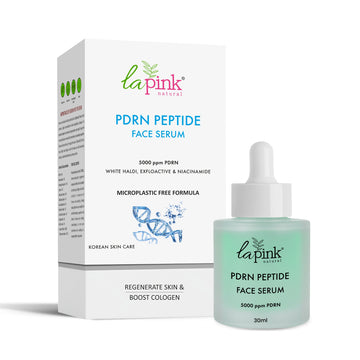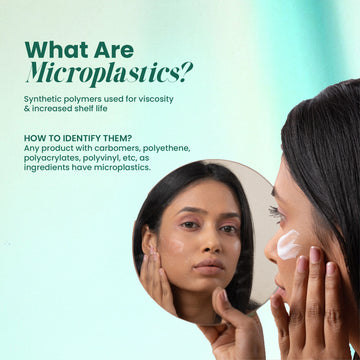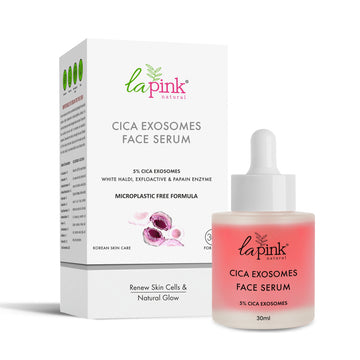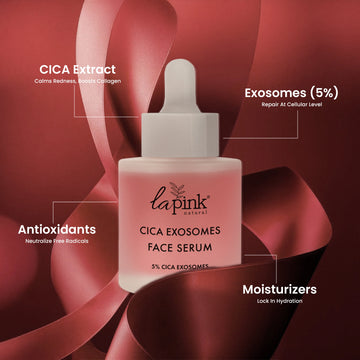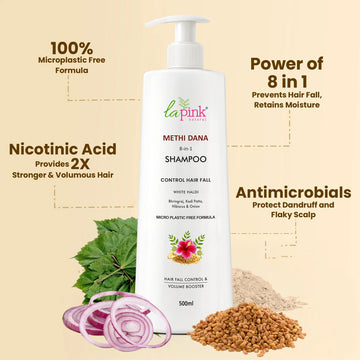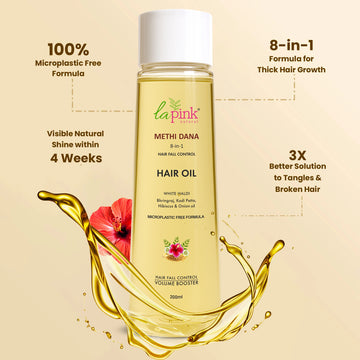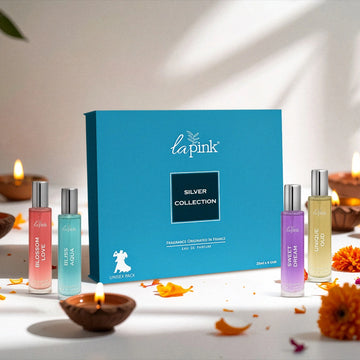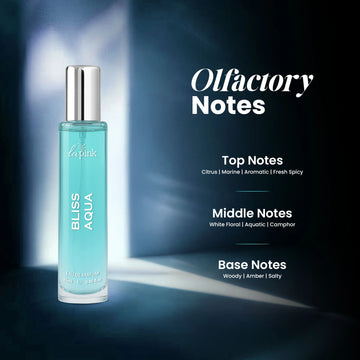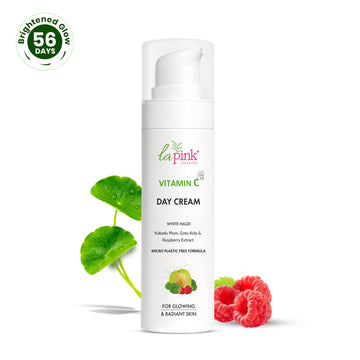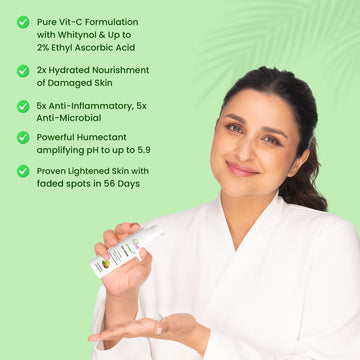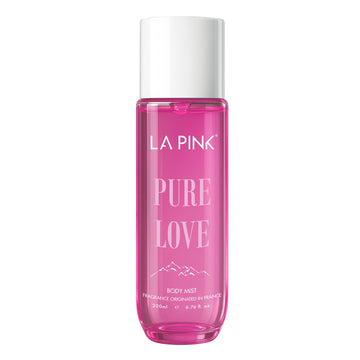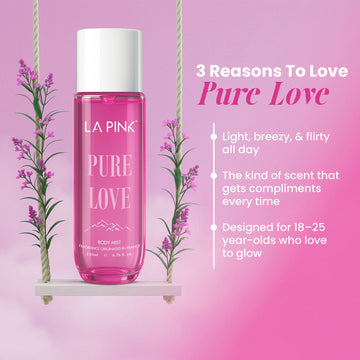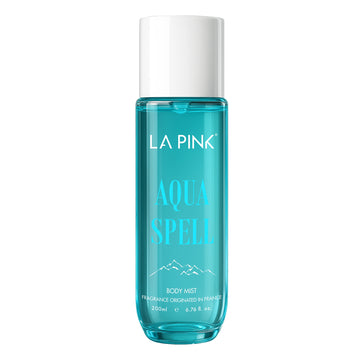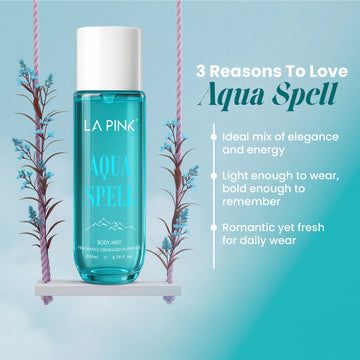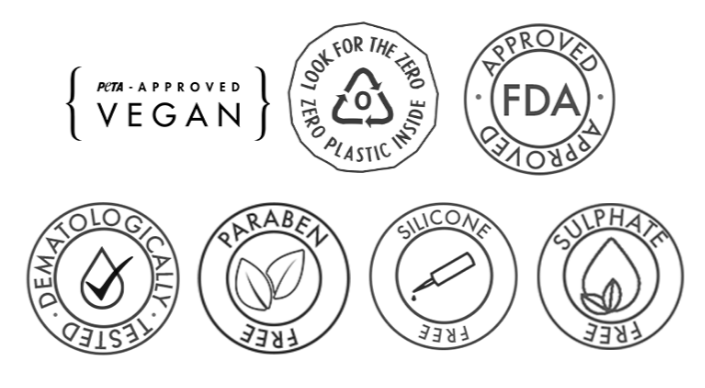Why are Cetearyl Olivate and Sorbitan Olivate Used in Skincare?
1. Biomimetic Lamellar Structure for Barrier Repair
Together, these ingredients have a lamellar liquid crystal structure that closely resembles natural lipid layers of human skin. This strengthens the skin barrier, decreases transepidermal water loss (TEWL), and increases skin resilience, making them well-suited to barrier-repairing and deep hydration-oriented skincare products.
2. Natural and PEG-Free Emulsification
They function as natural emulsifiers without requiring PEGs or artificial surfactants, which renders them compatible for formulations of clean beauty. They mix oil and water phases harmoniously, stabilizing lotions and creams without irritation or leave, and resonate with environmentally aware consumers who are looking for safer and more sustainable skincare options.
3. Improved Skin Tolerance
From olive oil and sugar alcohols, these emulsifiers are very mild and non-irritating. They are soothing enough for use on sensitive, reactive, acne-prone, or compromised skin. They are not pore-clogging, they don't interfere with skin microbiota, or cause allergic responses, which is very important for contemporary dermatological skincare.
4. Enhanced Product Texture
They create a rich, silky, non-greasy skin texture and enhance the spread of creams and serums. Their capacity to fortify texture without heavy occlusion makes them suitable for light, rapidly absorbing products that feel luxurious but are still capable of providing long-lasting nourishment and hydration to the skin.
5. Active Moisture Retention
By creating a stable emulsion, these ingredients assist in keeping the skin moist for longer and allowing for more effective delivery of active components such as niacinamide, peptides, or ceramides. They boost penetration and efficacy without damaging the skin barrier or resulting in product instability—vital in result-oriented formulations.
How are Olivate and Sorbitan Olivate utilized in Various Skincare Products?
1. Moisturizers and Creams
Usage Level: 2% to 6%
These emulsifiers form smooth, stable oil-in-water creams that moisturize and condition the skin without a heavy, greasy feel. They enhance spreadability and facilitate skin barrier repair.
2. Serums & Leave-Ons
Usage Level: 1% to 4%
In lighter products, they assist in gentle emulsification and improve skin feel without weight. They facilitate oils or actives blending smoothly into water-based serums.
3. Cleansing Creams and Milks
Usage Level: 1% to 5%
Their mild emulsifying and surfactant characteristics allow them to break up oils and contaminants without irritating sensitive skin. They stabilize the system without drying out.
4. Sunscreens
Usage Level: 2% and 5%
These emulsifiers provide uniform dispersion of UV filters and pigments for enhanced application and appearance. They enhance product stability and skin compatibility, lowering irritation potential.
5. Body Lotions and Balms
Usage Level: 2% to 6%
They add to rich, replenishing textures with good absorption and no greasiness, retaining moisture on larger skin surfaces.
Potential Benefits of Olivate and Sorbitan Olivate
1. Smooth Emulsification Without Irritation
These olive-derived ingredients effectively emulsify oil and water, creating stable creams and lotions. Without resorting to harsher surfactants, they do so in a gentle manner, which makes them suitable for sensitive and compromised skin. They replace synthetic or PEG-based emulsifiers and limit the risk of irritation without compromising product integrity and spreadability.
2. Restores Skin Barrier
Cetearyl Olivate and Sorbitan Olivate form a lamellar liquid crystal organization that replicates the skin's natural lipid layers. This organization fortifies the skin barrier, inhibiting moisture loss and protecting it from external stressors. It promotes long-term skin health, particularly for dry, mature, or sensitized skin conditions.
3. Long-Lasting Moisturization
These ingredients serve as both moisturizers and emulsifiers. They trap water in the skin, leading to increased hydration after some time without giving a greasy or heavy sensation. The way they release moisture in a sustained manner enhances skin softness, suppleness, and comfort and makes them ideal for day as well as night skincare products.
4. Faster Penetration of Active Ingredients
Their lamellar structure increases penetration and stability of actives like vitamins, peptides, and antioxidants. Mimicking skin structure, they enable actives to penetrate more effectively without provoking irritation to the skin, particularly important in products aimed at aging, pigmentation, and barrier disorders.
5. Safe to Sensitive and Acne-Prone Skin
Non-sensitizing and non-comedogenic, these products are safe for easily irritated skin and acne-prone types. They calm inflammation, promote healing, and enhance resilience without clogging pores or causing breakouts, which makes them ideal for products treating blemish or post-treatment skin.
6. Eco-Friendly and Biodegradable
Derived from renewable olive oil and sugar alcohols, Cetearyl Olivate and Sorbitan Olivate are biodegradable and eco-friendly. Being included in the formula, they promote clean, green formulation processes and attract environmentally friendly consumers who look for effective yet sustainable skincare without sacrificing performance and safety.
Possible Downsides of Olivate and Sorbitan Olivate
1. Not Completely Hypoallergenic
While uncommon, some users with very sensitive skin may find minor irritation or allergic response, particularly if the skin barrier is pre-empted or otherwise compromised. Patch testing for ultra-sensitive subjects is recommended.
2. Interaction with Unstable Actives
In certain formulations, their lamellar structure can compromise the stability or absorbency of highly unstable actives such as some formulations of vitamin C, necessitating careful formulation calibration.
3. Texture Constraints in Water-Rich Formulas
In high water-level or gel formulations, they might not provide the light texture that some users enjoy, since they are more appropriate for creamy, lotion-type formulations.
4. More Expensive Than Synthetic Emulsifiers
Since they are natural and environmentally friendly, they tend to cost more than traditional emulsifiers and may increase the cost of formulating, particularly large-scale or economy-minded product lines.
Why are Olivate and Sorbitan Olivate Popular Among Formulators?
Natural, Plant-Based Origin: Derived from olive oil and sugar alcohols, they align perfectly with the increasing trend for clean, green, and sustainable personal care products, appealing to both consumers and formulators interested in using eco-friendly ingredients.
Gentle and Skin-Friendly: Mildness and tolerance to sensitive skin types enable them to be a go-to for use in hypoallergenic, dermatologist-tested, and sensitive skin products.
Biomimetic Emulsification: They create stable, lamellar emulsions that closely resemble the natural lipid structure of the skin, promoting hydration and barrier repair, a most desirable property for contemporary skincare.
Versatility Across Products: Both versatile enough for a variety of products, ranging from creams and serums to cleansers and sunscreens, their adaptability in formulations makes them invaluable in terms of textures and functions.
Improved Sensory Perception: They enhance texture of the product by providing a silky, light, and non-greasy sensation, while upgrading user experience without reducing performance.
Enables Active Delivery: Their lamellar structure facilitates stable solubilization and improved skin penetration of actives, enhancing overall product performance.
Clean Beauty Friendly: Being PEG-free, biodegradable, and cruelty-free, they are in harmony with modern consumer expectations for transparency and responsible sourcing.
Do You Know?
Cetearyl Olivate and Sorbitan Olivate also help provide better product shelf life by naturally withstanding microbial growth more effectively than certain synthetic emulsifiers. Also, their low irritation level enables formulators to eliminate or minimize preservatives in some mild products. Lastly, these products are highly biodegradable, making them not only good for the skin but also environmentally friendly options in sustainable skin care.
